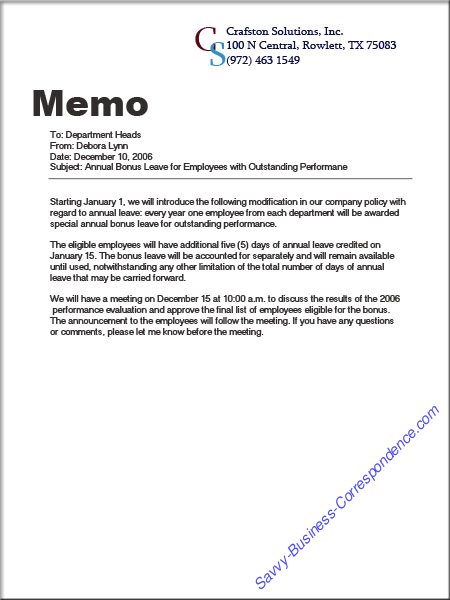Step 1: answers in full sentences.
- The book I brought to class has a title that caught my attention. That is why I selected the book.
- The book was written by Howard Mohr.
- This book is entitled "How To Talk Minnesotan: A visitor's Guide".
- The book was printed by R. R. Donnelley & Son Company, but it was the Penguin Group who distributed it.
- It was published in New York on August 4th, 1987.
I was sent out to the library, to pick a book of my preference and bring it to class for a study. As I was walking through the aisles between the shelves, I pulled out a random book. The title of it was "How to talk Minnesotan: A visitor's Guide". I was automatically interested because as an international student, you want to accommodate yourself to the country you are in, and since I am in Minnesota, why not start by learn the Minnesotan way. So I opened it to look for some information. I found out it was written by a guy named Howard Mohr, published in New York in 1987. The book was actually printed by R. R. Donnelley & Son Company, but distributed by the Penguin Group. I started reading it and found some interesting things like "We never accept until the third offer and then reluctantly. On the other hand, if a Minnesotan does not make an offer three times, it is not serious" (Mohr, p.15).
Mohr, Howard. (August 4th, 1987). How To Talk Minnesotan: A visitor's Guide. New York, USA: Penguin Group.


